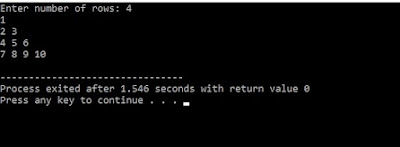Differences between Structure and Union in C | C programming
STRUCTURE IN C A structure is a user-defined data type available in C that allows to combining data items of different kinds. Structures are used to represent a record. Defining a structure: To define a structure, you must use the struct statement. The struct statement defines a new data type, with more than one member. The format of the struct statement is as follows: struct [structure name] { member definition; member definition; ... member definition; }; UNION IN C A union is a special data type available in C that allows storing different data types in the same memory location. You can define a union with many members, but only one member can contain a value at any given time. Unions provide an efficient way of using the same memory location for multiple purposes. Defining a Union: To define a union, you must use the union statement in the same way as you did while defining a structure. The union stateme

